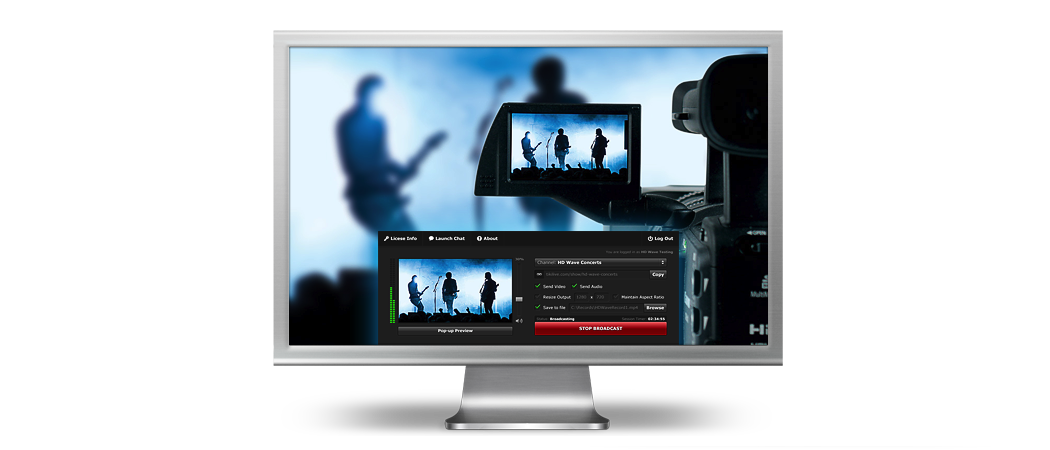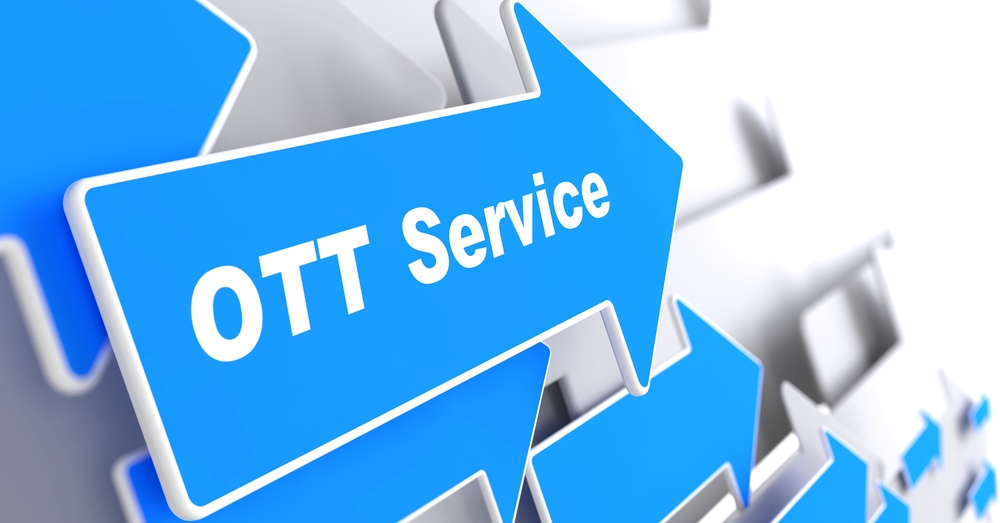When you’re looking around for Internet service, certain providers will likely offer a variety of plans that may meet your needs. Each of these different plans have varying bandwidth restrictions, which translate into how fast your web content will load while browsing the Internet or downloading files.
When you’re streaming content to be viewed by an audience, your Internet connection is extremely important. If your connection is too slow, it can cause your viewers to experience lag or buffering – even if you’re using a streaming provider like TikiLIVE.
To fully understand how much bandwidth plays into the quality of your audience’s viewing experience, we’re going to explain how streaming works for those that may not be as well-versed about the process.
There are two important terms to remember when it comes to bandwidth (measured in Megabits per second or Mbps): downstream and upstream. These indicate the speed of inbound and outbound traffic respectively. They are both important for different streaming tasks.
Downstream Bandwidth
Downstream bandwidth refers to the amount of data that can be transmitted to a computer via your Internet connection. Therefore, your downstream bandwidth is directly related to how fast web pages load, how quickly videos are downloaded, etc.
If you’re viewing a lot of streaming content, it’s recommended that you have at least 5 Mbps per user, if not more. If you are downloading extremely large files, watching movies or watching extremely high quality HD content online, you’ll likely want to choose a plan that offers at least 25-30 Mbps or faster in downstream bandwidth.
Upstream Bandwidth
When it comes to the average Internet user, they likely don’t use a large amount of upstream bandwidth. Upstream bandwidth determines how fast your computer can transmit data to a remote location.
For typical web surfing, the upstream pipe is only used to transmit the initial request for a webpage and the rest of the bandwidth is handled through a downstream connection. This is the reason why most Internet Service Providers (ISPs) provide a much smaller amount of upstream bandwidth compared to downstream – sometimes as little as 1/10th.
Upstream bandwidth is extremely important for HD streaming—especially live content. If you’re looking to stream live content to your viewing audience, you’ll want to ensure that your ISP offers high upstream bandwidth to ensure that you’re not waiting for ages to upload your content.
Your streaming content is exclusively tied to your upstream speed, so even if your streaming provider has a lighting fast content delivery network, if you’re live streaming content, you will be largely hamstrung by a slow upstream connection.
At TikiLIVE, we sometimes hear complaints from our users that viewers are experiencing streaming difficulties and during the majority of the time, it is due to the upstream bandwidth of an account holder’s ISP.
If you’re not looking to stream content live, then you can get around this issue. By simply uploading your content to be viewed later by your users, you can insulate them from any delay issues.
Once your content makes its way to our servers, it will then be served through our rock solid content delivery network, but this is unfortunately not the case if you’re live streaming your content.
If you’re looking to live stream content on a regular basis, you’ll want to have an upstream connection with at least 10-20 Mbps, if not more.
Other Factors to Consider When Streaming HD Content
Aside from your connection speed, there is a whole host of other factors to consider, including:
1. Streaming Provider
Regardless of your Internet speed, the streaming provider that you choose is immensely important. While there are a variety of free providers on the market, you typically sacrifice speed and quality when you go with a cheap video streaming option.
Free streaming providers make money on advertising and therefore may not be putting your best interests ahead of their advertisers. This can result in inferior video quality as well as constant advertisements appearing in and around your videos, which can detract some viewers from your content.
2. Mobile Capabilities
Another factor to consider when streaming content is that the way viewers are accessing content online is constantly changing. While just a few years ago the majority of Internet usage was done from a personal computer, this is not at all the case today.
In today’s fast-paced world, more and more people are accessing the Internet from their mobile phones and tablets. In fact, it’s thought that more than half of all Internet usage at this time comes from mobile or tablet devices.
If you’re looking to capitalize on this huge uptick in mobile Internet usage, you need to make sure that your HD streaming content is readily available on mobile devices. Choosing a provider like TikiLIVE that offers full HTML5 support ensures that all of your users, regardless of device, will be able to access your content.
3. iPTV Support
Another huge segment of growth in video streaming has occurred in the iPTV realm. iPTV offers viewers the ability to stream video content from the Internet to their standard televisions, typically through some type of set top box.
The major players in this industry such as Hulu, Netflix and Amazon have carved out a niche where millions of people have cut the cord from their cable or satellite provider and are turning to iPTV providers instead. This offers a unique opportunity for streaming providers looking to capitalize on this new market of consumers hungry for streaming content.
TikiLIVE offers full iPTV support through a series of set top boxes including Roku, Apple TV and Chromecast. With TikiLIVE, you can instantly create an iPTV network that rivals that of the large providers at a fraction of the cost.
Ready to Get Your Content Out to the World?
We hope you now understand how important bandwidth is when it comes to HD streaming. If you have any additional questions about TikiLIVE or whether your Internet connection is sufficient for HD video streaming don’t hesitate to contact us today.






